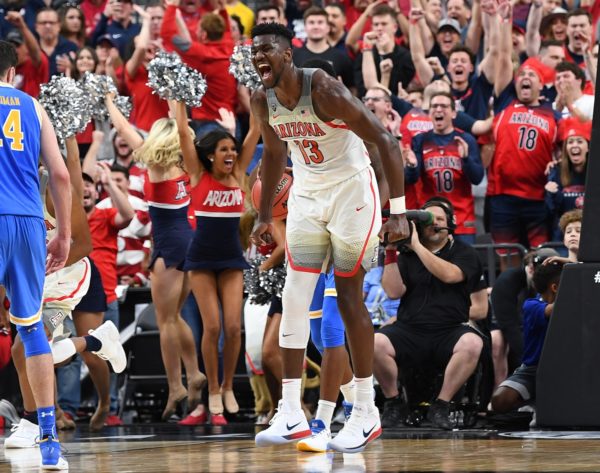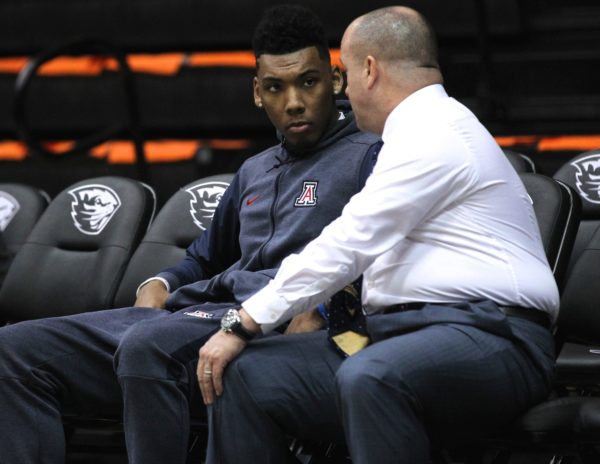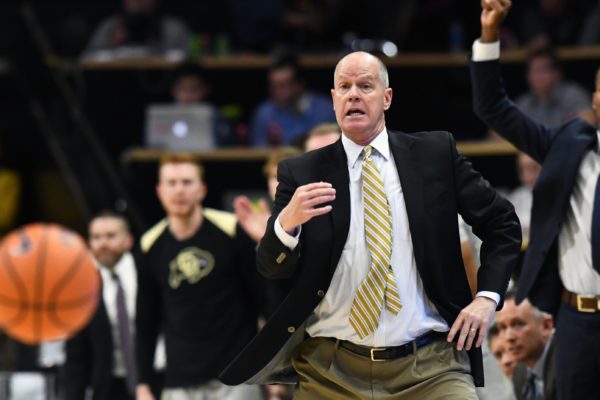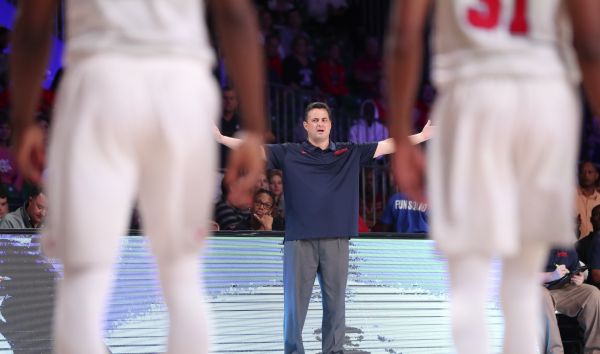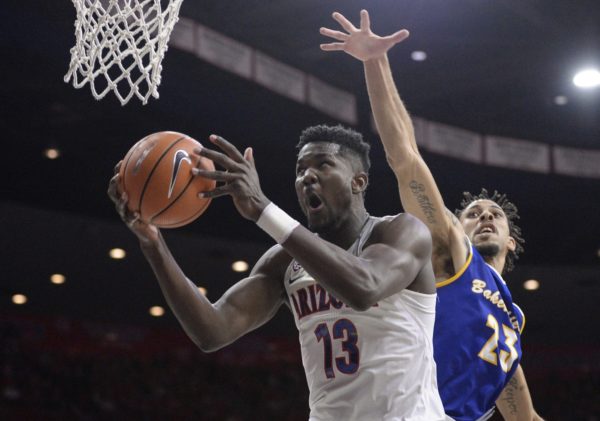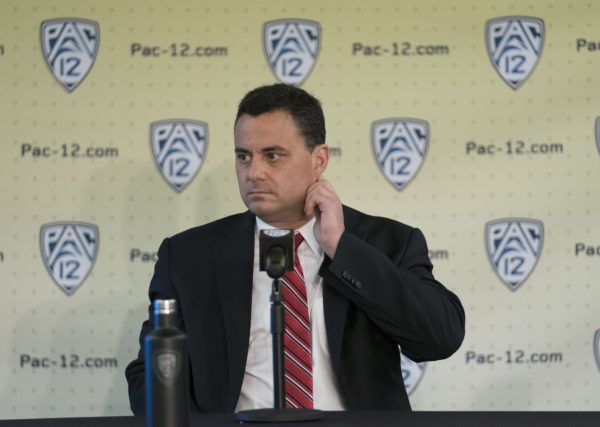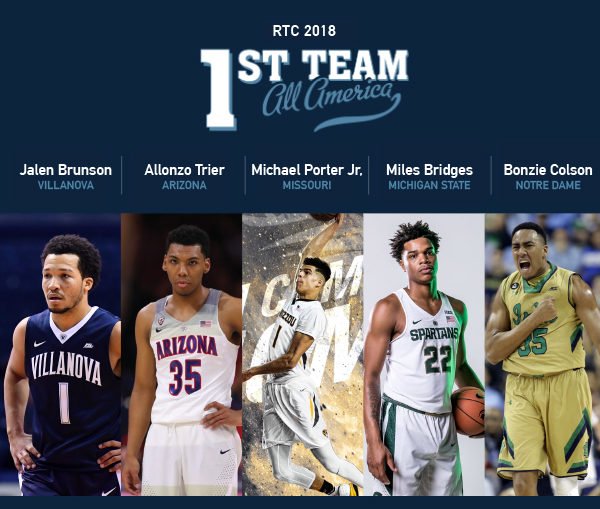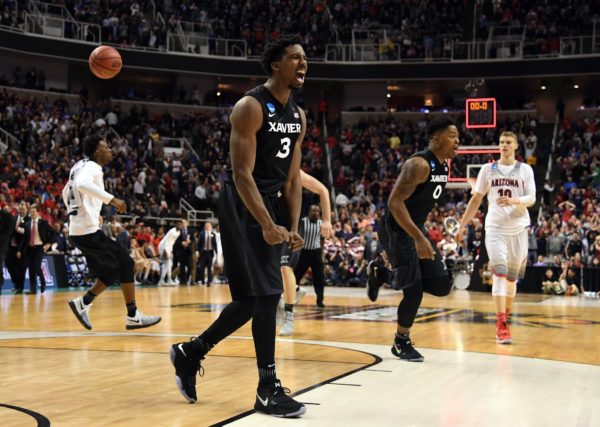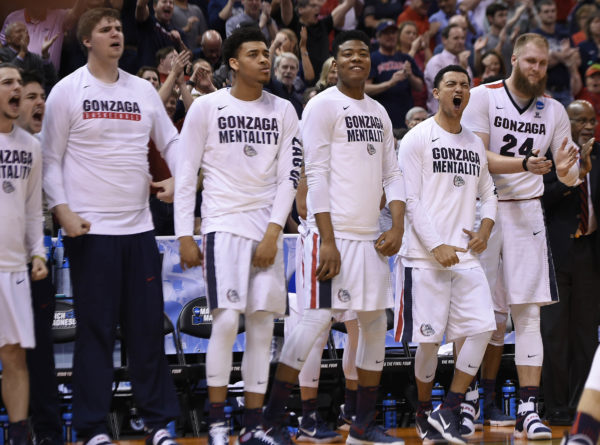Pac-12 NCAA Tournament Prospects Looking Slim
Posted by RJ Abeytia on March 13th, 2018And then there were three. The NCAA Tournament Selection Committee took its Excalibur Sharpies and scrawled in the names of Arizona, UCLA and Arizona State onto its 68-team bracket and left an entire conference reeling in its wake. I’ll touch upon USC at another time, but the upshot should not really be that much of a revelation: Conference affiliation is ultimately arbitrary in the case of making the Big Dance. But enough digression. Let’s take a quick look at the three teams who did make it and assess their prospects for this weekend and beyond.
Arizona’s DeAndre Ayton gave everybody in Las Vegas a tantalizing glimpse of the dominance he’s capable of inflicting. He became the first player in Pac-10/12 history to ever win Freshman of the Year, Player of the Year, and Most Outstanding Player of the conference tournament. Sean Miller said months ago that “we go as DeAndre goes,” and truer words have never been spoken. Unfortunately, there are two things conspiring to thwart Miller’s Quixotic journey to the Final Four. The first is the Wildcats’ lack of consistent defensive play, a very conspicuous attribute in the Miller Era. This year the Wildcats finished 70th in Defensive Rating, per KenPom, and in the previous three seasons that number was 29th, 29th and third. The strange thing is that with Ayton, Rawle Alkins, Keanu Pinder and Dusan Ristic, you’d think the Wildcats would be a good defensive team.
However, college basketball is a guard’s game, and Parker Jackson-Cartwright and Allonzo Trier have slid significantly on defense from last year. Jackson-Cartwright has gone from an exceptional defender (99.0 DRtg in 2016-17) to essentially average at 105.0. Trier has gone from acceptable (101.0) to a turnstile (107.5) With a 131.0 Offensive Rating in tow, Trier is too good to keep off the court, but by far the biggest basketball question mark for Arizona is the ability of its backcourt to get stops. The other issue is the draw. Arizona by chalk would be looking at #5 Kentucky (gulp) in the Second Round and #1 Virginia in the Sweet Sixteen. By chalk, Arizona would then play #2 Cincinnati in the Elite Eight. That’s a tall order and likely even too tall for the seven-foot Ayton. Best case: Ayton continues to be a Basketball Godzilla and simply carries the Wildcats to San Antonio. Worst case: Kentucky gets revenge for its 1997 championship game loss and maybe Miller’s most talented team fails to reach the second weekend of the NCAA Tournament.





























